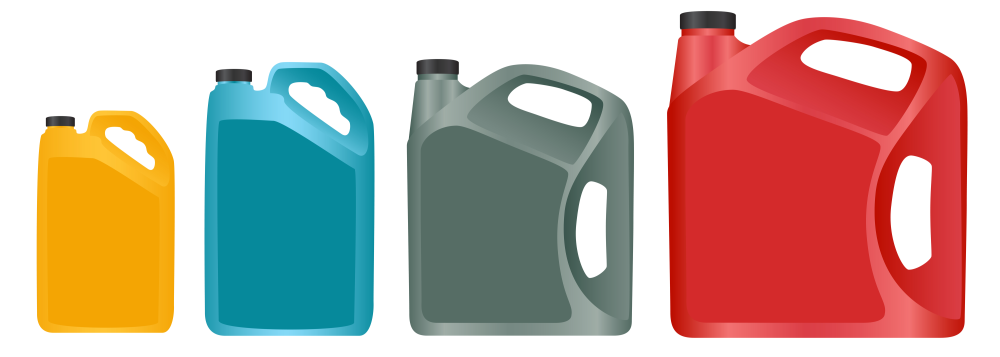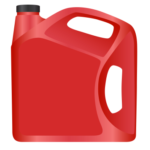
12 Jun Summertime Auto Oil Change & Coolant Level Check
 Summer is in full swing, so now is the perfect time to inspect your vehicle’s fluid levels. A quick check in your owner’s manual will tell you the recommended interval for oil changes. Maintaining the proper level of all your vehicle’s fluids during the hot summer months is an excellent step in prolonging your car’s life and performance. You can check your engine oil and coolant level yourself or schedule an auto oil change and oil filter replacement with your local auto shop.
Summer is in full swing, so now is the perfect time to inspect your vehicle’s fluid levels. A quick check in your owner’s manual will tell you the recommended interval for oil changes. Maintaining the proper level of all your vehicle’s fluids during the hot summer months is an excellent step in prolonging your car’s life and performance. You can check your engine oil and coolant level yourself or schedule an auto oil change and oil filter replacement with your local auto shop.
Vehicle Fluids Check
Your vehicle has many fluids (besides engine oil) that play important roles in maintaining the integrity and performance you expect from your car. Topping off low fluids and replacing burnt or used-up fluids can help prevent catastrophic damages.
Engine Auto Oil Change
Fresh engine oil will keep your engine running clean and efficient, even in extreme summertime weather conditions. Keeping current on your recommended oil changes can also help you save money on gas. Studies show that you get more MPG when you routinely have oil changes, as suggested by the manufacturer. The old-school rule of thumb was every 3 months or 3,000 miles. But modern vehicles and better engine oils can go longer and farther between oil changes. Stick to what your owner’s manual suggests, and if your Check Oil light comes on in your dash, get it serviced immediately.
Replace Oil Filter
Auto manufacturers recommend replacing your oil filter with every oil change service. A clean oil filter removes particulates that may harm your engine.
Brake Fluid
Brake fluid moves the various components of your vehicle’s braking system when you engage the brake pedal. It operates under high temperatures and pressure, so maintaining proper brake fluid levels is key to your vehicle’s safety.
Transmission Fluid
Transmission fluid lubricates the vehicle’s transmission components and acts as a coolant. Low transmission fluid can cause issues with transmission components, so always follow the manufacturer’s suggestions for service, flushing, and replacing transmission fluid.
Power Steering Fluid
Your owner’s manual will tell you what type of power steering fluid to use for your specific vehicle. Not all power steering fluids are the same, so verify which type to use when topping off low levels. Find the suggested service interval in your owner’s manual. Then, schedule a power steering fluid flush and new fluid fill.
Coolant Level/Antifreeze
It is super important to check your coolant levels often, especially during the hot summer months. Auto manufacturers suggest having your radiator flushed and new coolant added every two years. Radiator flushing utilizes a special cleaner that removes debris, corrosion, and particulates from the radiator. You should not add tap water to the coolant reservoir since it contains impurities. If your coolant levels are low, add distilled water or a 50/50 mixture of antifreeze and distilled water. Also, never mix different coolants. Only use the factory-recommended antifreeze in your car.
Windshield Wiper Fluid
Inspect the windshield wiper fluid levels and refill the reservoir if needed. Wiper fluid helps keep your windshield free from dirt, grime, bugs, and water spots so that you can see more clearly.
Auto Oil Change & Coolant Level Check In Plymouth Meeting, PA
Schedule your auto oil change & coolant levels check with Plymouth Auto & Tire Center to help keep you driving safe all summer. Our experienced technicians will provide an honest diagnosis and quality repair.
Schedule Your Auto Oil Change Service
Contact us today to schedule an auto oil change or coolant level check. We look forward to helping you with all your automotive needs!

